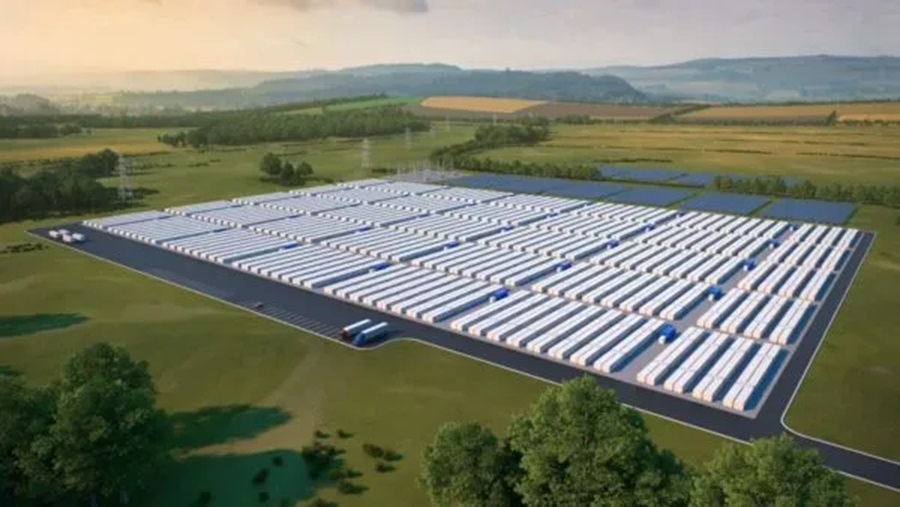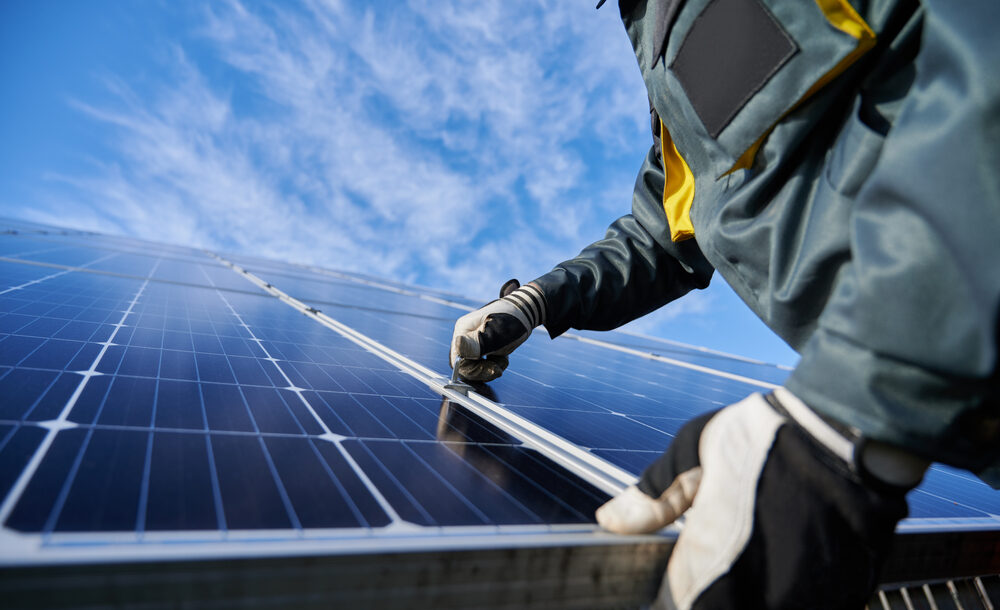From ESS-news
he U.S. Department of Energy has granted $147 million to construct an energy storage facility at a shuttered paper mill. The battery energy storage system (BESS) from Form Energy, a Somerville, Massachusetts-based grid-scale energy storage developer, will be able to store enough wind and solar power to serve up to 85,000 homes.
The 85 MW iron-air battery system is both safer and more affordable than its lithium-ion counterparts since it uses abundant iron and oxygen. The battery storage project will be one of the largest of its kind in the world and is meant to support one of the most congested parts of the New England grid.
Form Energy will deploy the 85 MW battery system at Lincoln Technology Park, which can discharge energy for up to 100 hours or just over four days. The Power Up New England program includes strengthening the transmission system to deliver higher power loads from renewable sources, including nearby onshore wind turbines.
According to local media sources, Sen. Angus King, an independent, said the project is a step forward in tackling the increase in extreme weather events in Maine. In December and January just passed, hundreds of thousands of Mainers were left without power for extended periods of time after the devastating storms that hit the state.
Although iron-air battery systems are a nascent technology, iron-air batteries are finding increased attention globally as governments strive to secure grids with renewable energy using energy storage systems from abundant materials.
A recent report in Chinese media describes the metal-air battery industry internationally as showing “great market potential”. Supportive policies for these battery types have been developed in China, Japan and in Europe, while the U.S. has funded the research and development of metal-air battery technology through the Advanced Energy Research Program (AERP).
According to the Chinese publication Sohu.com, the US and Japan are in the leading position globally in terms of metal-air battery technology research and industrialization. While some local news sites in Maine suggest the local population is still skeptical of the project, the operating company, Form Energy, is already building a number of such projects across the United States.
In June 2023, Form Energy announced a definitive agreement with Georgia Power, a Southern Company utility, to deploy a 15 MW / 1.5 GWh iron-air battery into the utility’s Georgia grid, providing a 100-hour dispatch long-duration energy storage (LDES) system. In July 2023, Minnesota’s public utilities commission approved Form Energy’s 10 MW/1 GWh iron-air long-duration energy storage facility construction project for Xcel Energy.
Continue reading on ESS-news.com.
This content is protected by copyright and may not be reused. If you want to cooperate with us and would like to reuse some of our content, please contact: editors@pv-magazine.com.








By submitting this form you agree to pv magazine using your data for the purposes of publishing your comment.
Your personal data will only be disclosed or otherwise transmitted to third parties for the purposes of spam filtering or if this is necessary for technical maintenance of the website. Any other transfer to third parties will not take place unless this is justified on the basis of applicable data protection regulations or if pv magazine is legally obliged to do so.
You may revoke this consent at any time with effect for the future, in which case your personal data will be deleted immediately. Otherwise, your data will be deleted if pv magazine has processed your request or the purpose of data storage is fulfilled.
Further information on data privacy can be found in our Data Protection Policy.